Crew 188 Operational Report 02/02/2018
Sol 5
Zac Trolley
Non-Nominal Systems: Propane supply, Microwave, Rover Charging infrastructure, Greenhab temperature sensor, Suit 2, electrical systems.
Notes on non-nominal systems: See individual systems at the end of the report.
Generator (hours run): 13.5h
Solar: SOC 77%
Diesel: 76%
Propane: 61 psi
Ethanol Free Gasoline (5 Gallon containers for ATV): 8 Gallons
Water (trailer): 0 Gallons
Water (static): 250 Gallons
Trailer to Static Pump used: No
Water (loft) – Static to Loft Pump used: Yes
Meter 130661.4
Toilet tank emptied: No
ATVs Used: None
Oil Added: None
ATV Fuel Used: None
# Hours the ATVs were Used today: 0
Notes on ATVs: none
Deimos rover used: No
Hours: Hours: 106.9h (Accurate as of two days ago, rover was not on campus during EVA to check hours.)
Beginning charge: N/A
Ending charge: N/A
Currently charging: No
Sojourner rover used: ASSIGNED TO DIRECTOR
Hours:
Beginning charge:
Ending charge:
Currently charging:
Spirit rover used: Yes
Hours: 18.0h
Beginning charge: 100%
Ending charge: 91%
Currently charging: No
Opportunity rover used: no
Hours: 13.5
Beginning charge: N/A
Ending charge: N/A
Currently charging: No
Curiosity rover used: Yes
Hours: 10.5h
Beginning charge: 100%
Ending charge: 86%
Currently charging: Yes
HabCar: Not used
General notes and comments: The Hab Director mentioned that the Rovers required an extension cord that is shorter than 25 feet. We estimate the cords being used now are 50 foot cables. I was able to find a 25 foot extension cable, meaning we could charge one rover at time based on the above specifications. Can we have the appropriate extension cables sent to the Hab in order to charge the Rovers?
Also, the configuration the rovers are in means that the rovers need to back out before they are used. Backing up in an EVA suit is hazardous since you can’t see behind you in a suit. Please advise if there is another configuration that allows charging with a 25 foot extension cable as well as the ability to drive forward during EVAs.
Summary of internet: Internet connectivity continues to be a problem even with the data purchased. Devices are having troubles connecting and this is limiting the crews ability to monitor the CapCom emails
Summary of suits and radios: There is a bent clasp on suit #1 on the helmet collar. It was probably bent during the EVA, the system is still functional.
Suit 2’s air supply is no longer functioning. The diagnostics we performed suggests that the switch isn’t operating properly. We are shelving the EVA suit.
Summary of Hab operations: Nominal
Summary of EVA operations: We are still brainstorming ways to combat the helmet fog. Without proper ventilation under the helmet ring, the facemasks rapidly fog up. It is becoming a safety issue on EVA. The other suit configuration seems to have better air flow.
Summary of GreenHab operations: The temperature gauge display has some non-functional LCD areas, a new one has been ordered.
Summary of Science Dome operations: The science dome is awaiting a portable heater as per the Hab Director.
Summary of RAM operations: Not Operational.
Summary of health and safety issues: The propane leak seems to be solved, there was no reports of smell today.
Questions, concerns and requests to Mission Support: The two electrical generation systems are operating on different voltages. The generator is outputting 120V and the solar generator is outputting 140V.


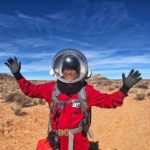
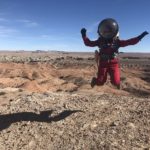
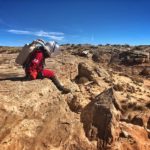
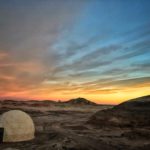
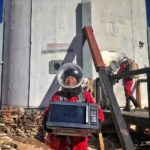
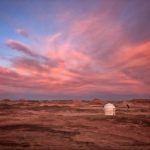
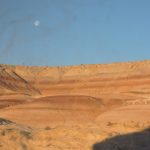
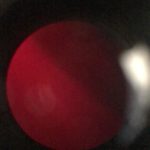
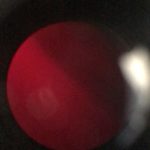
You must be logged in to post a comment.